- Home
- slideshows
- miscellaneous
- 12 famous people who died on the Titanic - and 11 who survived
12 famous people who died on the Titanic - and 11 who survived
DIED: John Jacob Astor, millionaire

SURVIVED: Archibald Gracie IV, historian and author
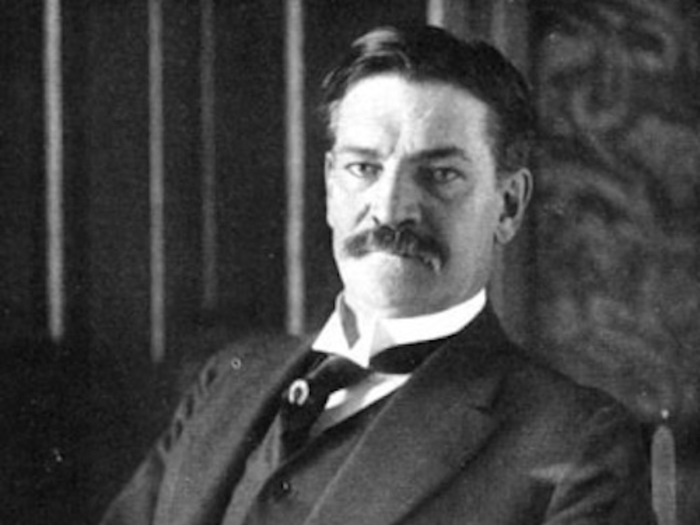
Gracie achieved prominence in the wake of the Titanic disaster due to his meticulous and detailed account of the tragedy.
The historian and Alabama native, who'd written a book on the American Civil War's Battle of Chickamauga, was returning from a European vacation on the Titanic.
He was woken up when the ship crashed into an iceberg. After escorting a number of women to the lifeboats, Gracie helped other passengers evacuate the ship.
When the ship sank, Gracie surfaced beside an overturned lifeboat. He managed to climb on top with a number of other men, and they spent much of the night balanced there.
The historian was one of the first Titanic survivors to die after being rescued, passing away on December 4, 1912 at the age of 54. Gracie's final words reportedly were "we must get them all in the boats."
DIED: W. T. Stead, investigative journalist
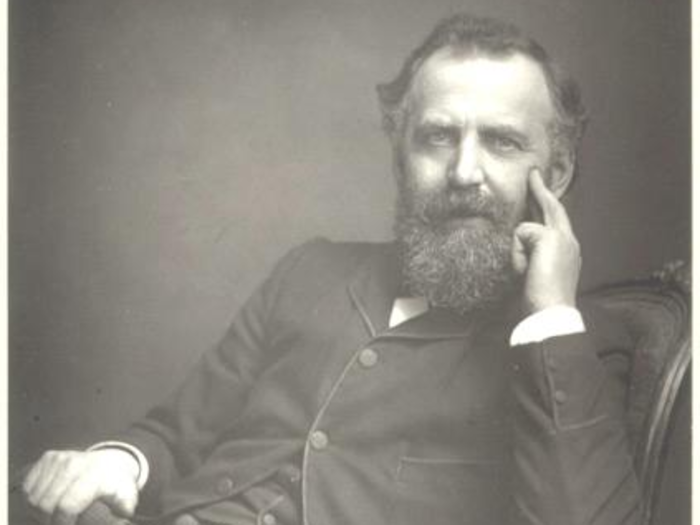
Stead was a highly influential editor who, in an uncanny twist, may have foreseen his death on the Titanic.
As the editor of the Pall Mall Gazette, the newspaperman published an explosive and controversial investigative series about child prostitution. He is credited with helping to invent investigative journalism.
A devoted spiritualist, Stead also established a magazine dedicated to the supernatural and a psychic service known as Julia's Bureau.
He also penned a fictional story in 1886 that bore an unsettling resemblance to the real-life events of the Titanic.
"How the Mail Steamer Went Down in Mid Atlantic, by a Survivor" tells a story of an ocean liner that sinks in the Atlantic. In the story, only 200 passengers and crew members of the original 700 people on board survive the disaster, due to a lifeboat shortage.
According to Biography.com, Stead didn't hang around on deck as the Titanic sank. He spent his final hours reading in his cabin.
SURVIVED: Noël Leslie, countess and philanthropist
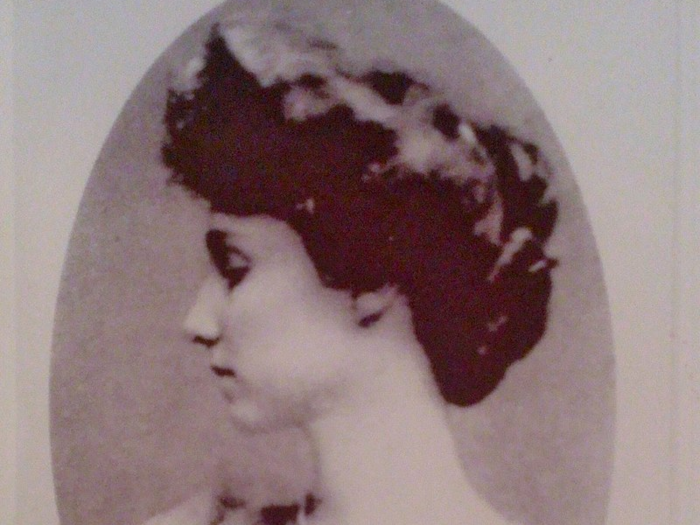
Noël Leslie, Countess of Rothes, was one of the Titanic's most famous passengers at the time.
A popular figure in London society, Leslie became a countess after marrying Norman Evelyn Leslie, Earl of Rothes, in 1900.
Leslie and her cousin Gladys Cherry booked a trip on the Titanic. According to Biography.com, both Leslie and Cherry escaped on a lifeboat and assisted crew members in rowing the raft to safety.
Crew member Thomas Jones, Cherry, and Leslie reportedly advocated rowing back to search for survivors, but their fellow lifeboat occupants voted against it.
The countess reportedly helped take care of her fellow survivors on board the Carpathia. According to Encyclopedia Titanica, she was dubbed "the plucky little countess" in the press and was a major subject of the media frenzy that ensued in the wake of the disaster.
After surviving the Titanic disaster, Leslie became a prominent philanthropist and worked as a nurse during World War I.
DIED: Thomas Andrews, architect of the Titanic
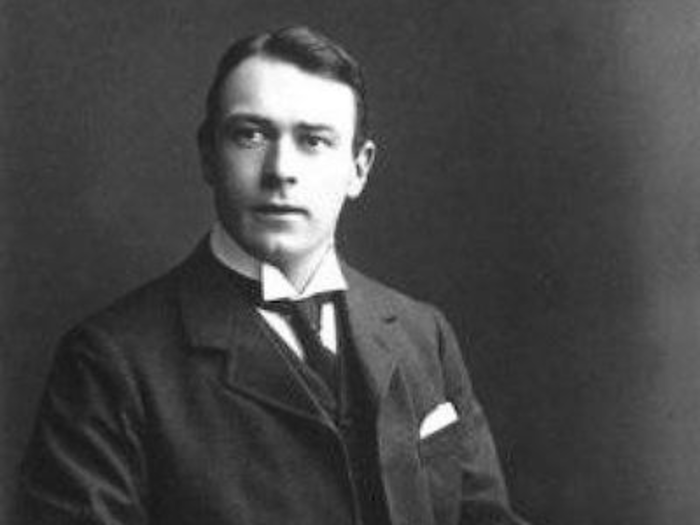
Andrews was no ordinary Titanic victim.
The longtime Harland and Wolff employee designed the ship itself. He traveled on the Titanic's maiden voyage in order to observe the ship and make recommendations on areas where the ship could be improved.
When an iceberg damaged the Titanic's hull, Andrews immediately knew it was doomed to sink, according to the BBC.
The 39-year-old shipbuilder then began helping women and children into the lifeboats.
The BBC also reprinted a telegram from the White Star Line, which noted that, "When last seen, officers say was throwing overboard deck chairs, other objects, to people in water. His chief concern safety of everyone but himself."
SURVIVED: Margaret Brown, socialite
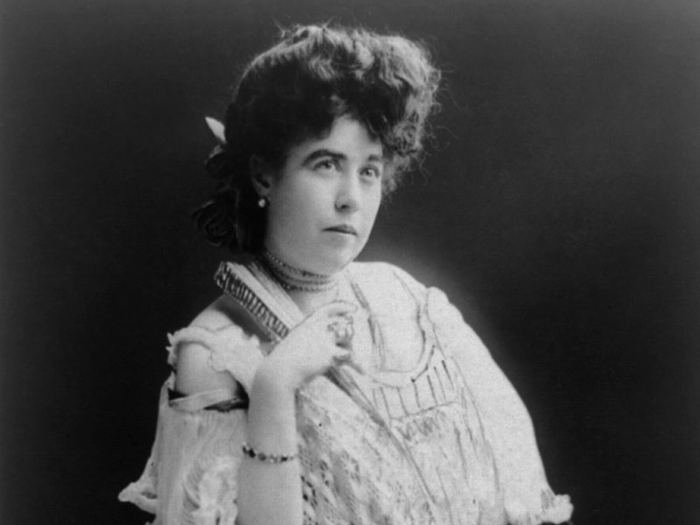
Socialite and philanthropist Margaret Brown is best known for surviving the Titanic disaster.
According to Biography.com, she was born in Mississippi to Irish immigrants. She married James Joseph Brown in New York City. The couple became fabulously wealthy when Brown's mining business struck ore.
Brown became a well-known socialite with a penchant for dramatic hats and social activism on the behalf of women and children.
Brown was returning from a voyage around Europe when she decided to book a trip on the Titanic.
During the disaster, she reportedly helped to row the lifeboat and demanded that the group of survivors row back to the spot where the ship went down, in order to look for survivors. This earned her the nickname "the Unsinkable Molly Brown" — although her friends and family reportedly called her Maggie.
Brown's life was immortalized in the Broadway musical "The Unsinkable Molly Brown," which was later adapted into a Hollywood film.
DIED: John Thayer, railroad executive
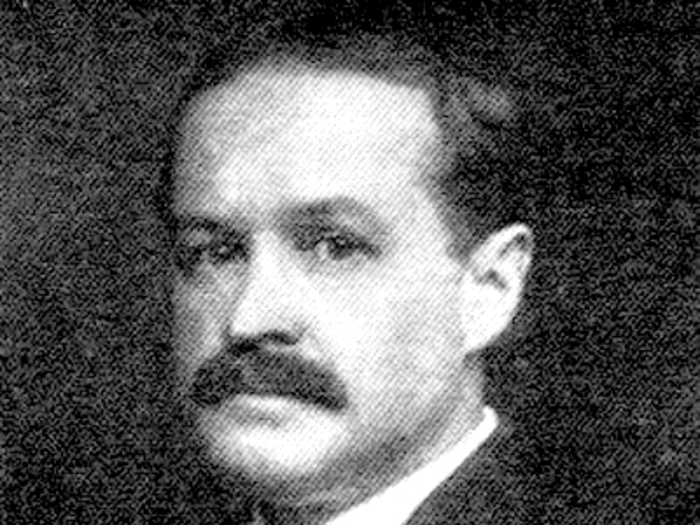
Thayer was well-known in 1912 as both a former cricket player and a Pennsylvania Railroad Company executive.
The railroad company vice president was traveling on the Titanic with his wife and son following a trip to Berlin. After the ship struck an iceberg, Thayer made certain that his wife and their maid boarded a lifeboat.
Gracie reported seeing Thayer looking "pale and determined" on deck before the ship sank. Thayer's body was never found. His son, however, survived by diving into the water and swimming over to an overturned lifeboat.
SURVIVED: J. Bruce Ismay, White Star Line executive
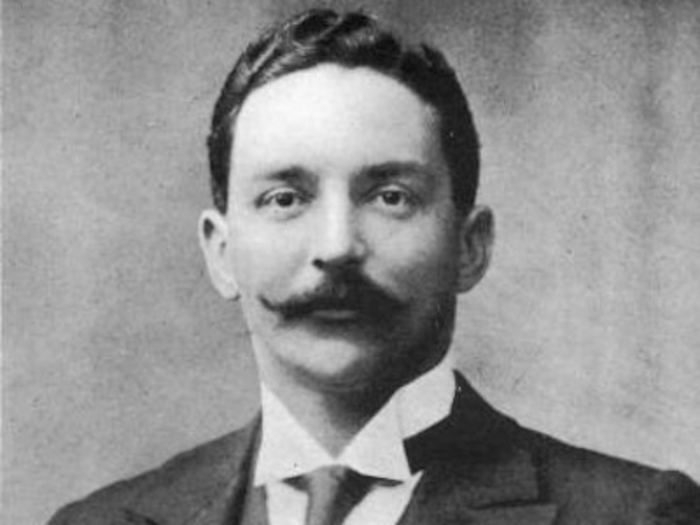
Ismay may have survived the sinking of the Titanic, but he never lived down the public scorn he received in the wake of the disaster.
The White Star Line managing director was the highest-ranking company official to survive the disaster. He boarded a lifeboat 20 minutes before the ship sank into the Atlantic.
He later said he turned away as the Titanic slipped beneath the surface of the water, saying, "I did not wish to see her go down. I am glad I did not."
Ismay caught a lot of flack for boarding a lifeboat before other passengers. He was ostracized in society and ultimately resigned from his post and kept a low profile. Today, Ismay's family say that he was unfairly maligned by the press and that he never fully recovered from the ordeal.
DIED: Isidor Straus, co-owner of Macy's — and his wife Ida
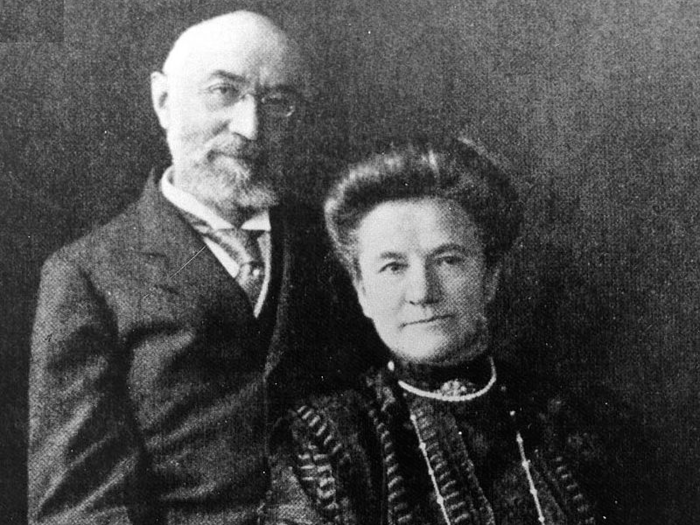
The couple first met after the Civil War when a penniless Isidor Straus moved to New York City, according to Premier Exhibitions. Isidor and his brother later acquired Macy's, and he eventually became a powerful businessman and a member of the US House of Representatives.
According to Today, Straus was offered a spot on a lifeboat while the ship was sinking. He declined, saying he wouldn't board a raft until every woman and child had gotten off the ship.
Ida then refused to leave her husband. When her husband urged her to evacuate the ship, she reportedly responded, "We have lived together for many years. Where you go, I go."
Ida then ordered her maid to board a lifeboat. She also gave her a mink coat, quipping that she wouldn't need the garment anymore. The couple was last seen together on the deck of the Titanic. Isidor's body was recovered from the ocean, but Ida was never found.
Woodlawn Cemetary in the Bronx memorialized Isidor and Ida Straus with a cenotaph bearing a line from the Song of Solomon: "Many waters cannot quench love —neither can the floods drown it."
SURVIVED: Cosmo and Lucy Duff-Gordon, landowner and fashion designer
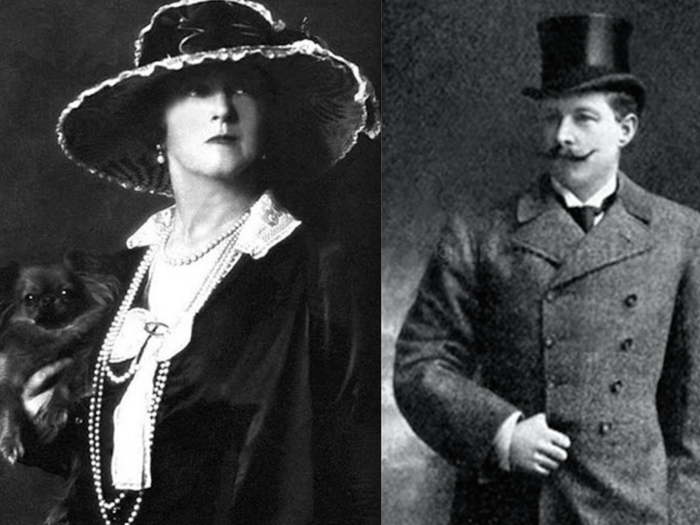
Sir Cosmo Duff-Gordon and his wife Lady Lucy Duff-Gordon were two of the most prominent passengers on board the Titanic.
Duff-Gordon was a major landowner and society figure in the UK, known for his fencing skills. Lady Duff-Gordon was a top British fashion designer, whose innovations included the precursor to the modern day fashion show.
The Duff-Gordons booked a trip on the Titanic in order to travel to New York City on business. When disaster struck, they both escaped on the first lifeboat that embarked off the ship.
According to Vogue, Lady Duff-Gordon described the scene on the Titanic, saying, "Everyone seemed to be rushing for that boat. A few men who crowded in were turned back at the point of Captain Smith’s revolver, and several of them were felled before order was restored. I recall being pushed towards one of the boats and being helped in."
In the wake of the tragedy, Sir Duff-Gordon received criticism for not adhering to the ship's "women and children first" evacuation policy.
A few years later in 1915, Lady Duff-Gordon escaped death again after canceling her voyage on the doomed Lusitania.
DIED: Benjamin Guggenheim, mining magnate
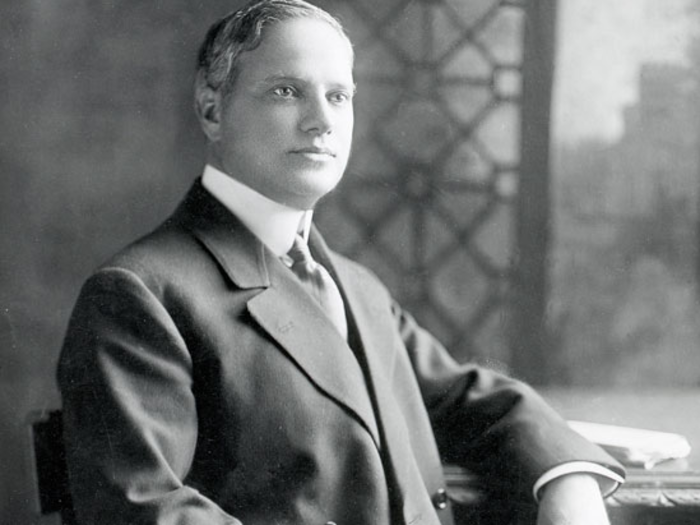
Benjamin Guggenheim was a member of the powerful Guggenheim family, which earned its fortune in the mining industry.
He was traveling on the ship with his mistress Léontine Aubart and a number of staffers.
According to "LIFE Titanic: The Tragedy That Shook the World," Guggenheim was initially optimistic about the ship's prospects, telling his maid that, "We will soon see each other again. It's just a repair. Tomorrow the Titanic will go on again."
Guggenheim, whose body was never recovered, reportedly put a rose in his buttonhole and quipped, "We've dressed up in our best and are prepared to go down like gentlemen."
He later passed on a message to his estranged wife to a Titanic survivor. "Tell her I played the game out straight to the end," he reportedly said. "No woman shall be left aboard this ship because Ben Guggenheim is a coward."
SURVIVED: Dorothy Gibson, actress
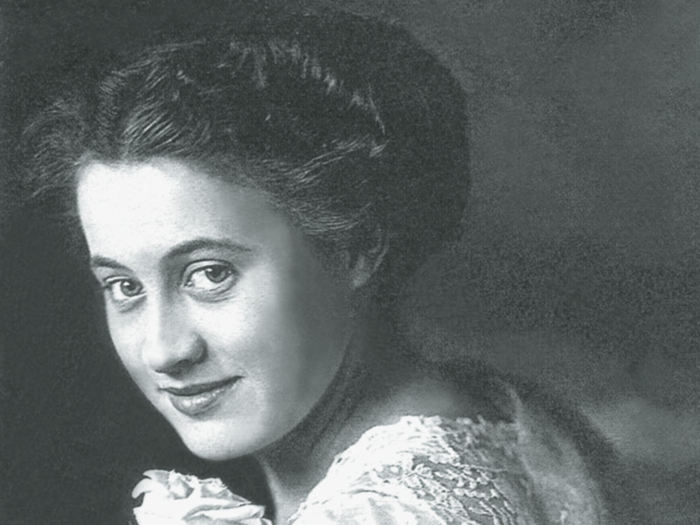
After getting her start as a young girl in vaudeville, Gibson went on to become a model and launch a career as a silent film star.
She was 22-years-old when she booked a passage on the Titanic. Gibson reportedly heard the ship crash into an iceberg. She grabbed her mother and together they escaped the ship on the first lifeboat.
"I will never forget the terrible cry that rang out from people who were thrown into the sea and others who were afraid for their loved ones," Gibson told a newspaper reporter shortly after the disaster, according to the History Press.
Gibson subsequently appeared as herself in a now-lost 1912 film about her experienced called "Saved from the Titanic." According to the History Press, Gibson sported the same clothes in the film as she had on during the disaster. Gibson quit acting shortly afterward.
After that, Gibson's life is a bit cloudy. Her affair with a prominent film producer was a scandal in America and prompted Gibson to move to Paris. As WWII began, there were allegations that she herself was a Nazi sympathizer — the veracity of those rumors is unclear.
Later, while living in Italy in the 1940s, the former actress was imprisoned by fascists. She survived prison but died shortly after the war.
DIED: George Dennick Wick, steel magnate
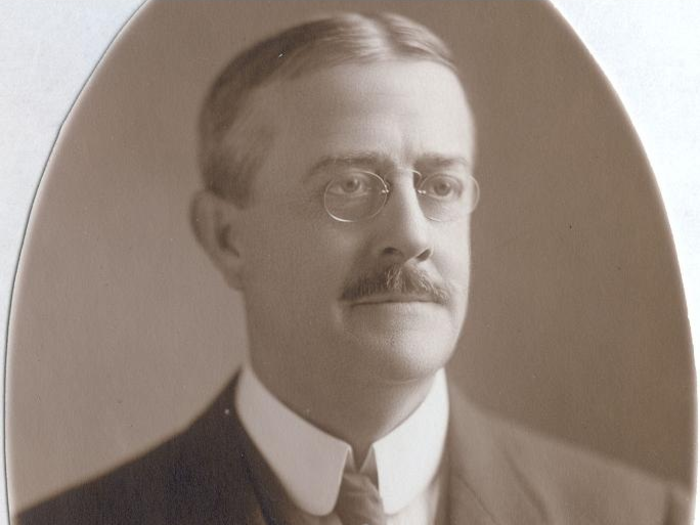
The industrialist was the founding president of Youngstown Sheet and Tube Company, a now-defunct steel-manufacturing business.
Wick had been traveling in Europe in order to improve his health. Unfortunately, he booked a trip on the Titanic in order to return to the US.
According to Encyclopedia Titanica, he was last seen on the deck of the ship, waving to his wife, daughter, cousin, and aunt as they escaped on a lifeboat.
SURVIVED: Elsie Bowerman, lawyer
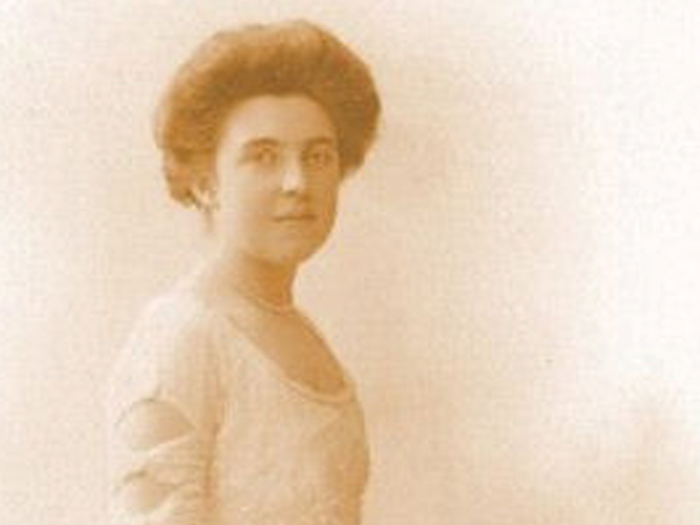
Bowerman survived the sinking of the Titanic and went on to lead an extraordinary career.
According to Biography.com, the British suffragette and Cambridge graduate booked a trip on the ocean liner with her mother to visit friends living in American and Canada. They both survived the catastrophe by getting on the same lifeboat as Molly Brown.
When WWI broke out, Bowerman served in a traveling hospital unit that moved across Europe. Later, in 1923, she was admitted to the bar and became the first woman barrister to practice in the Old Bailey, the Central Criminal Court of England and Wales.
Biography.com noted that later in life Bowerman headed the establishment of the UN's Commission on the Status of Women.
DIED: Charles Melville Hays, railroad executive
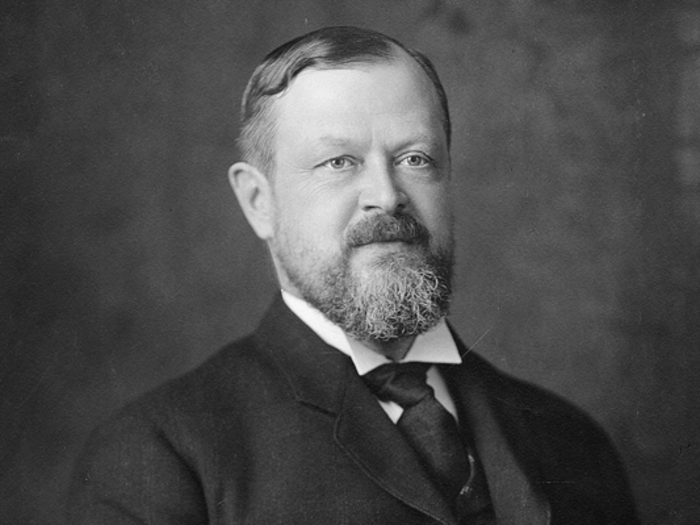
Hays started out in the railway business as a teenaged clerk. He went on to become the president of the Grand Trunk Railway, which operated in Canada and the northeast of the US.
The American railway magnate may have had some reserves about embarking on the Titanic's maiden voyage. Biography.com reported that he "told his companions that the trend toward large boats might end in tragedy."
Hays' wife Clara and their daughter Orian were evacuated from the ship on lifeboats.
"After Charles and Clara were separated, she called out to every other lifeboat they encountered, hoping that he had made it on one of them," according to Biography.com. But Hays had died when the Titanic sank — his body was later recovered and he was buried in Montreal.
SURVIVED: Helen Churchill Candee, author
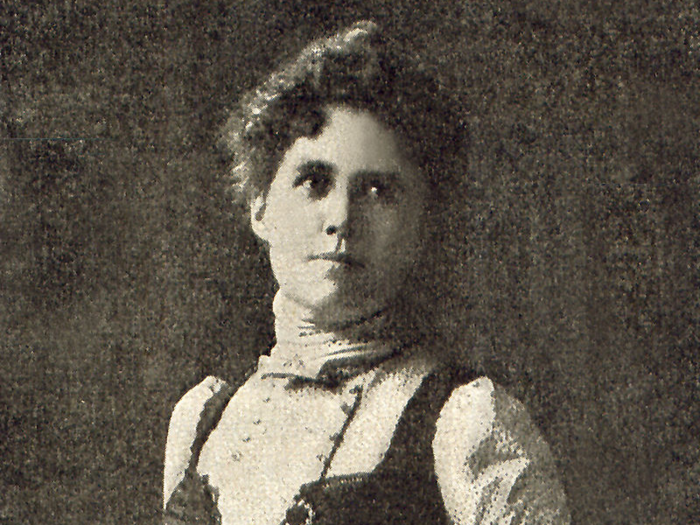
An author and a single mother, Candee penned the early feminist work "How Women May Earn a Living" in 1900.
The American writer traveled extensively and befriended a number of prominent individuals, including Theodore Roosevelt and William Jennings Bryan.
She booked a passage on the Titanic in order to return to the US to care for her son, who'd been injured.
Despite breaking her ankle during the chaotic evacuation, according to Biography.com, the writer teamed up with Molly Brown to man the oars of the lifeboat.
Even after surviving the Titanic, Candee continued to travel the world, undaunted.
DIED: Henry B. Harris, Broadway producer
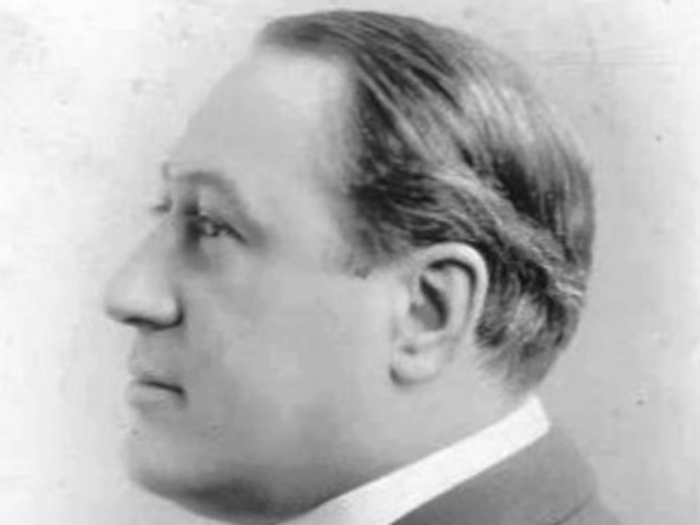
Harris was a major player on Broadway when he lost his life on the Titanic. He'd started producing plays and managing stars back in 1897, and was returning to the US after a business trip to London.
He went down with the ship after ensuring his wife Renee, who had previously broken her elbow after falling down the ship's grand staircase, got on a lifeboat.
"Harry lifted me in his arms and threw me into the arms of a sailor and then threw a blanket that he had been carrying for me through the hours," his wife recalled, according to author Charles Pellegrino's website.
Renee achieved prominence by taking up her husband's line of work, becoming one of the first female theatrical producers in the US.
SURVIVED: Karl Behr, tennis player

The Independent reported that banker and tennis star Karl Behr only booked a trip on the Titanic in order to pursue his future wife, Helen Newsom.
Behr survived the disaster because he was asked to help row one of the lifeboats. According to Encyclopedia Titanica, it was reported that he may have asked Newsom for her hand in marriage while they were adrift in a lifeboat.
Behr went on to continue his successful tennis career after surviving the disaster.
DIED: Jacques Futrelle, mystery writer
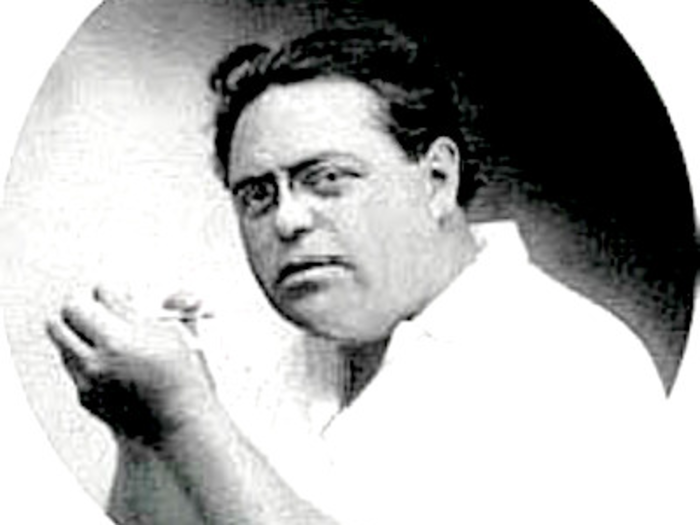
Futrelle achieved success as a mystery author before losing his life on the Titanic.
The Georgia native started out as a journalist, working for the New York Herald and the Boston Post — two now-defunct papers.
But, according to Biography.com, he's best remembered for his fictional stories. He penned a series about fictional detective Professor Augustus S.F.X. Van Dusen. His most famous story was "The Problem of Cell 13."
Futrelle and his wife dined with Henry and Renee Harris on the night the ship sank. Futrelle ensured that his wife got on a lifeboat and was last seen speaking on deck with John Jacob Astor.
SURVIVED: Edith Rosenbaum, stylist
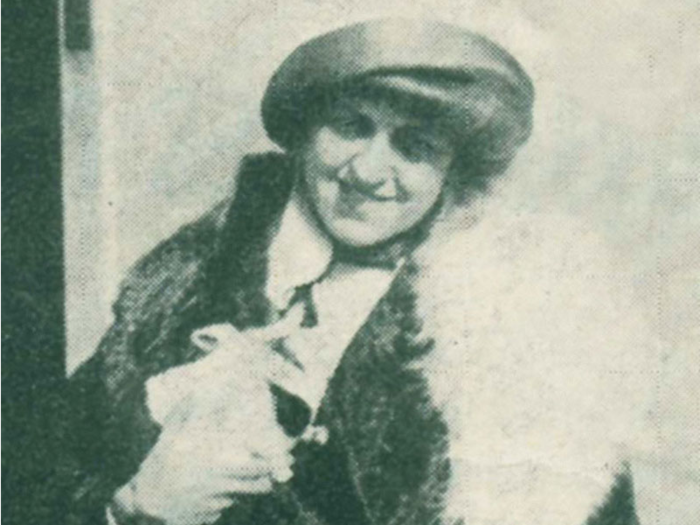
Rosenbaum was a stylist, fashion buyer, and journalist who was returning to the US on the Titanic after embarking on a reporting assignment in Paris.
The Telegraph reported that a year before the Titanic disaster, Rosenbaum had "survived a car accident the year before in which her fiancé, a German gun manufacturer, had been killed." Following the accident, her mother purchased her a small musical toy pig as a good luck charm.
As the ship went down, the stylist would play the toy's tune to calm and distract the crying children on her lifeboat.
"The children were crying and whimpering," Rosenbaum said, according to the Huffington Post. "And I said, I believe I'll play music and maybe the children would be diverted. ... And the poor children were so interested, most of them stopped crying."
DIED: Archibald Butt, presidential aide
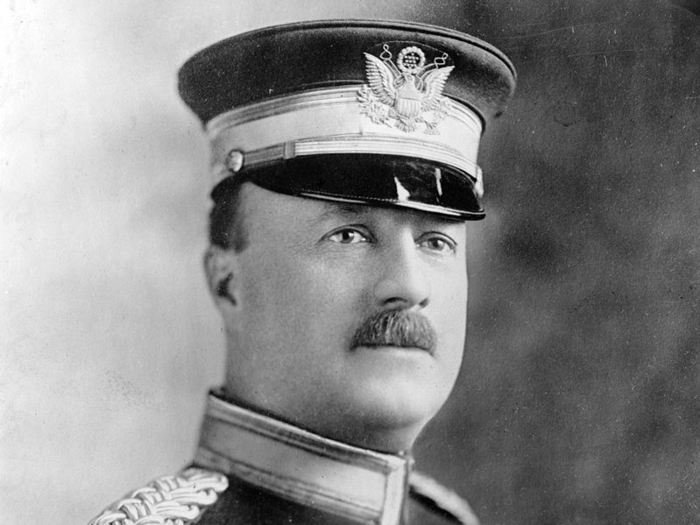
Butt led a distinguished — and varied — career before perishing during the Titanic disaster.
According to Arlington National Cemetery's website, Butt started out as a reporter, but later enlisted in the US Army during the Spanish-American War.
He served in Cuba and the Philippines. Later, he became President Theodore Roosevelt's military aide in 1908. He served Roosevelt's successor William Taft in the same capacity.
Arlington National Cemetary's website noted that Butt's "health began to deteriorate in 1912 because of his attempts to remain neutral during the bitter personal quarrel" between Roosevelt and Taft, possibly prompting his decision to travel to Europe.
There are a number of unverified accounts of Butt's behavior during the sinking — with many sensationalized stories of the military officer leading the evacuation or threatening male passengers who tried to ignore the ship's "women and children first" protocol.
"If Archie could have selected a time to die he would have chosen the one God gave him," Taft said, in a private memorial service, according to the Smithsonian. "His life was spent in self-sacrifice, serving others... Everybody who knew him called him Archie. I couldn't prepare anything in advance to say here. I tried, but couldn't. He was too near me... he had become as a son or a brother."
The president later broke down weeping while delivering the eulogy at Butt's funeral.
Popular Right Now
Popular Keywords
Advertisement